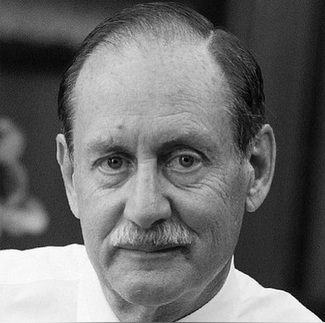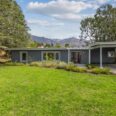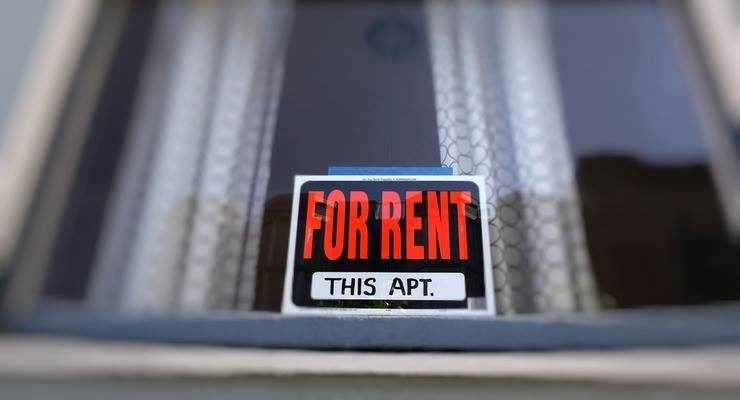 The Arroyo Seco is Pasadena’s largest and most distinctive geographic feature.
The Arroyo Seco is Pasadena’s largest and most distinctive geographic feature.
The magnificent Colorado Street Bridge is one of many crossings that span it. The Rose Bowl, JPL, Kidspace Museum, Rose Bowl Aquatic Center and Brookside Golf Course are all nestled within it. Thousands of daily hikers, bikers, walkers, horse riders, runners and nature lovers are drawn to it.
Over countless millennia, the vast Arroyo Seco was carved into the landscape by a powerful and fertile living river – one that a hundred years ago we locked in a straitjacket of concrete. Restoring life to that river is an imperative for the 21st Century.
The river and the ample groundwater beneath it nourished indigenous people for thousands of years. When the first Spaniards journeyed through in 1769, they were struck by the ‘very large, very green bottomlands.’ It reminded them of the fertile lands of the Mediterranean they hailed from, with ample trees and brambles, abundant native grapevines, and wild roses in full bloom. The wildlife was plentiful and Father Crespi described it as ‘a very lush and pleasing spot, in every respect.’
Today we continue to live off that dwindling inheritance. Pasadena used to pump 60% of our water from local sources beneath our feet. But instead of replenishing that artesian source, we’ve drained it. The water table has fallen 300 feet in the last century. Now we get just 30% from local groundwater, forced to sink new and deeper wells — even as our supply shrinks.
There was a disastrous flood in 1938. The US Army Corps of Engineers did what they knew how to do: they lined the riverbed with concrete, a stretch of five miles from the Devil’s Gate Dam to Pasadena’s southern border. Ironically, today the obsolete concrete channel would not withstand a repeat of 1938.
If it doesn’t protect us, why is it still there? According to the former chair of the Metropolitan Water District, Pasadenan Tim Brick, “the main obstacle is bureaucratic inertia.”
Think about that. We know that the most effective to control flooding and recharge our groundwater is to remove the concrete channel and restore the “very large, very green bottomlands” to absorb floodwaters. We know that Pasadena could reclaim a priceless heritage in the Lower Arroyo, a stream full of fish, surrounded by native trees, bushes, grasses and flowers, supporting native wildlife and laced with nature trails that would be within the reach of every resident of Pasadena. And what stands in the way? Bureaucratic inertia.
Brick would know. He’s spent four decades working to overcome the bureaucratic inertia that keeps the living river buried in a coffin of concrete. But the Army Corps of Engineers, Los Angeles County Public Works and the City of Pasadena remain content to perpetuate the status quo.
Some small progress has been made. An experimental “low flow” stream diverted out of the concrete channel has allowed a swath of the Lower Arroyo to bloom since it was installed thirty years ago. Ambitious plans have been started to replace the channel with a safer and more sustainable approach to flood control. But those plans have been shelved. Speeches have been delivered, promises made (and broken) but the concrete channel remains.
What an irony! In the midst of the Great Depression, a “natural” disaster mobilized instant political will and resources to erect a pharaonic public works project. Yet in a city that today touts its environmental “leadership” we can’t find either the political will or the resources to undo what we know is an environmentally destructive and obsolete relic of a bygone era.
Across from our State Capitol in Sacramento, the first line of the poem “The Coming American” is inscribed in the marble façade of the historic Jesse Unruh State Office Building. “BRING ME MEN TO MATCH MY MOUNTAINS,” it reads. The poem goes on to demand, “Bring me men to match my rivers.” The sentiment comes from an era that believed in a masculine vision of “taming” or “conquering” nature. Have we learned anything from the catastrophic damage that vision inflicted? Will our generation measure up to the natural grandeur of our mountains and rivers?
If Pasadena wants to be an environmental leader, the challenge of our time is not to overwhelm our environment with our engineering prowess. Our challenge is to restore our environment for a sustainable future. Let’s start with the Lower Arroyo!
Rick Cole is a current Pasadena Planning Commissioner and a former Mayor of Pasadena. He serves as Chief Deputy Controller for the City of Los Angeles.


















